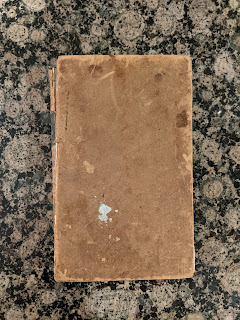Making Precision (Scientific) Instruments in the 17th, 18th, and 19th Centuries

Precision machine design is as old as metalworking, dating back to the bronze age, forward to the watch and clock makers, and then to the scientific instrument makers. Today, watch makers still use many of the classical techniques, although powered tools have made a huge impact on repeatability and precision. The question naturally arises: how did people make things out of brass and copper before we had powered machine tools? The purpose here is to consider the fabrication and/or machining of various ornamental, engineering, or scientific devices throughout the 18th and 19th centuries. The devices under consideration will be on the smaller scale, so e.g. architectural manufacturing processes are not considered. This is particularly concerned with scientific apparatus of these centuries. Some resources: Durham's The Artificial Clock-maker (ca. 1696) Saunier’s The Watchmakers’ Hand-book (1888) This page: https://watchmaking.weebly.com/the-turns.html Gee’s The Silversmith’s Handbook ...
